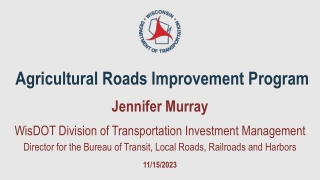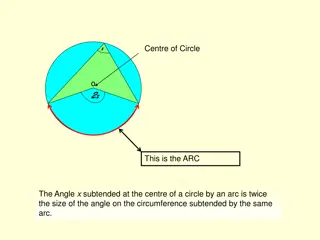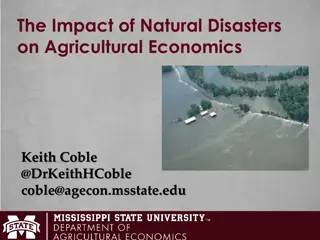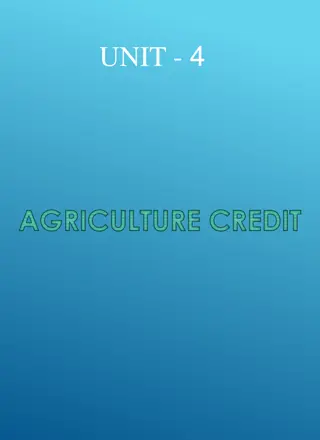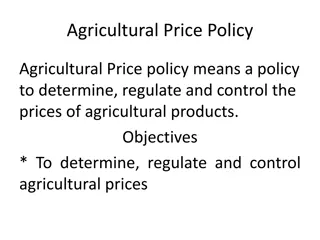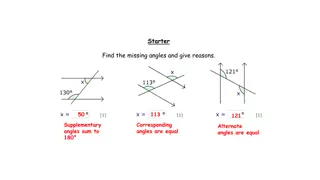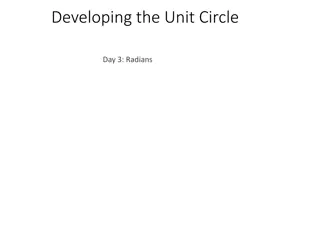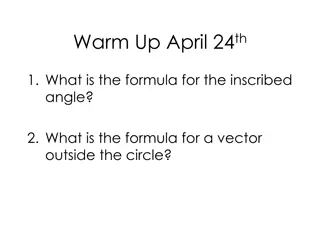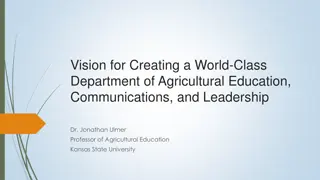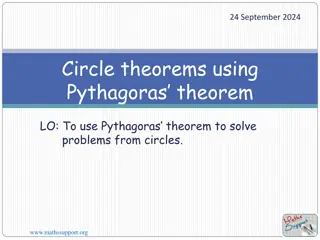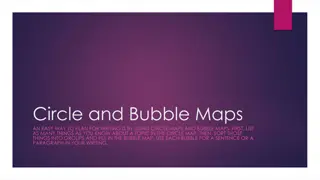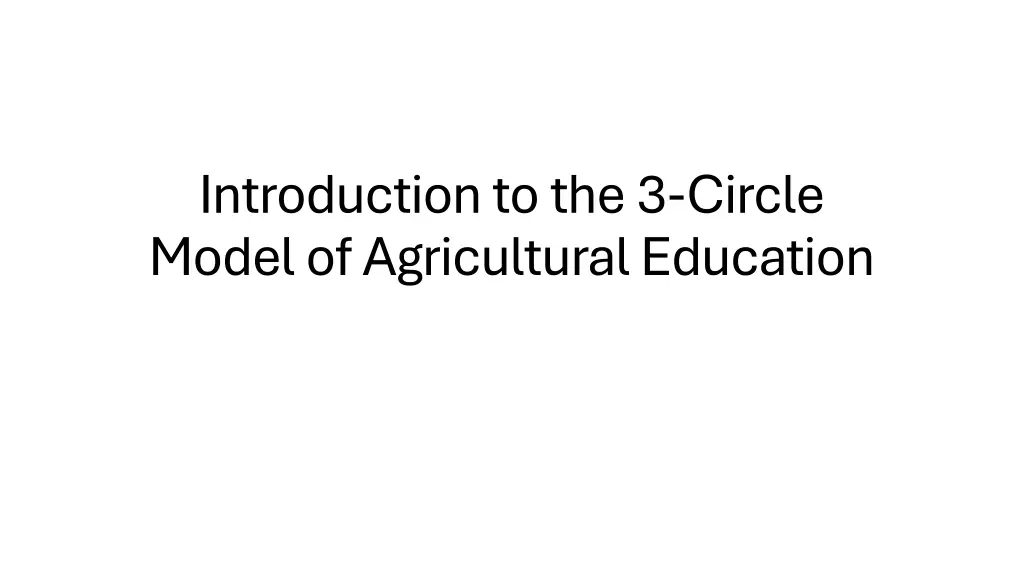
3-Circle Model of Agricultural Education
Explore the 3-Circle Model of Agricultural Education, focusing on classroom/laboratory instruction, supervised agricultural experiences, and FFA leadership opportunities. Understand how these components work together to provide students with a comprehensive agricultural education experience, preparing them for success in the field.
Download Presentation

Please find below an Image/Link to download the presentation.
The content on the website is provided AS IS for your information and personal use only. It may not be sold, licensed, or shared on other websites without obtaining consent from the author. If you encounter any issues during the download, it is possible that the publisher has removed the file from their server.
You are allowed to download the files provided on this website for personal or commercial use, subject to the condition that they are used lawfully. All files are the property of their respective owners.
The content on the website is provided AS IS for your information and personal use only. It may not be sold, licensed, or shared on other websites without obtaining consent from the author.
E N D
Presentation Transcript
Introduction to the 3-Circle Model of Agricultural Education
What is the 3-Circle Model? Describes what a student's experience in agricultural education should look like Helps students gain knowledge, practical experiences, and leadership skills to succeed in an agricultural career
Classroom/Laboratory Instruction Formal learning in both the classroom and laboratory
Supervised Agricultural Experiences Allows students to gain hands-on experiences outside of the classroom Students will take what they learn in the classroom and apply it to the outside world You will design, participate, and reflect on a project this year
FFA Leadership organization that provides opportunities for personal growth, career development, and community service Students can participate in leadership training, competitions, travel opportunities, and team bonding experiences FFA members develop critical skills like teamwork, communication and problem-solving
How Do The 3 Circles Work Together? The classroom and laboratory provides students with foundational knowledge SAEs allow students to apply this knowledge in real-world situations FFA fosters personal growth, and allows students to further apply knowledge
Conclusion Questions What does the 3-Circle model describe? What are the 3 components of the model? How do the components of the 3-Circle model work together? Which part of the 3-Circle model do you think is the most important?


